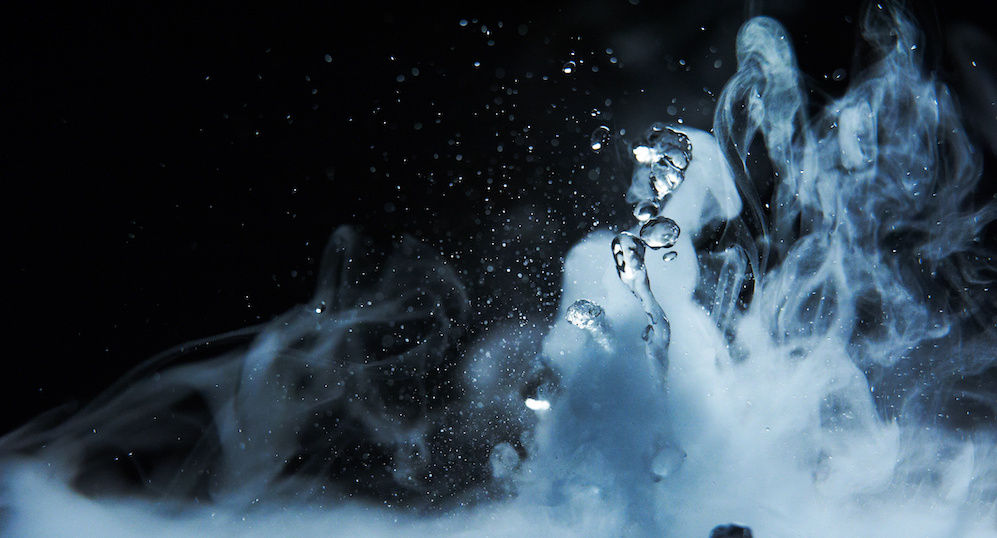Chilled Mirror Hygrometry, a Technology for Process and Lab - Part 3
Part 3: Humidity Units
A chilled mirror hygrometer measures the dew or frost point in a gas mixture of water vapor and a carrier gas. The measurement is performed automatically through opto-electronic means.
The various definitions of humidity are described below. All of them can be calculated from the measured dew/frost point temperature. For any ideal gas mixture, the mixing ratio, relative humidity and parts water vapor per million parts carrier gas by volume are functions of dew point (or the frost point below 0°C) as follows:
- ew = 10 [8.07131-1730.63/(233.426+Td)]
- m.r. (gr/lb) = 4366.2 (ew)/(Ptotal – ew)
- %RH = (ew/ew saturation) x (100%)
- ppmv = (ew/(Ptotal – ew) ) x 106
- td = measured dew point (frost point below 0°C)
- Ptotal = total pressure
- ew = water vapor pressure
- ew saturation = saturated water vapor pressure at the prevailing temperature
- m.r. = mixing ratio in air
- ppmv = parts per million water vapor by volume
- %RH = the percent relative humidity of the gas system
By knowing the dew or frost point, total system pressure and ambient temperature, the relative humidity, mixing ratio, and parts per million water vapor can be determined. Mixing ratio and parts per million water vapor by volume are units that describe the water vapor concentration, while relative humidity describes the tendency for water vapor to condense into a liquid or solid phase.
The process gas industry routinely uses and understands parts per million water vapor and dew/frost point. Natural gas process personnel are familiar with mixing ratio and dew point, while food processing and HVAC personnel think in terms of relative humidity. In the final analysis, as the above equations show, all units are interchangeable when one knows the dew/frost point, which is directly obtained from a chilled mirror hygrometer.




